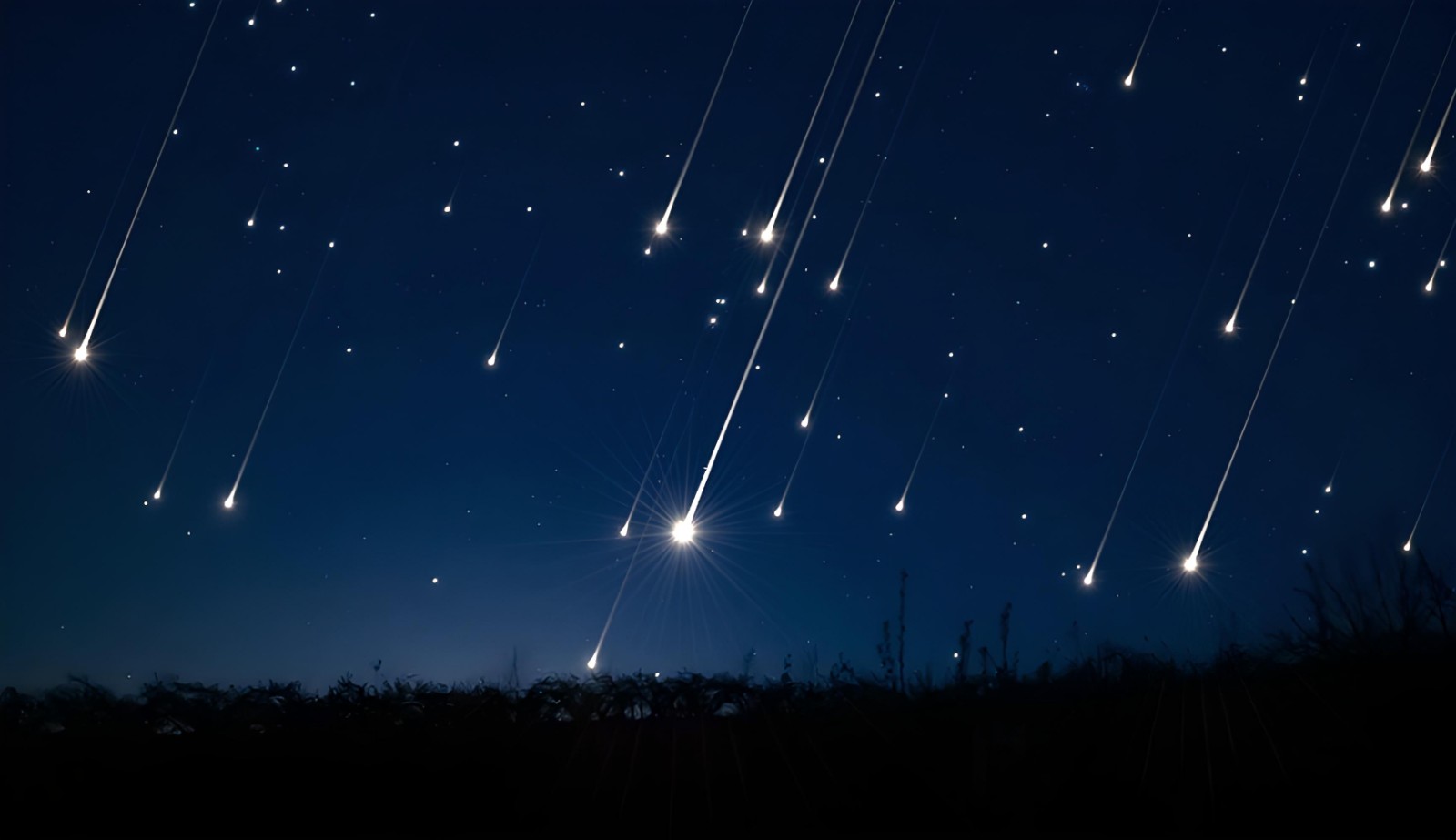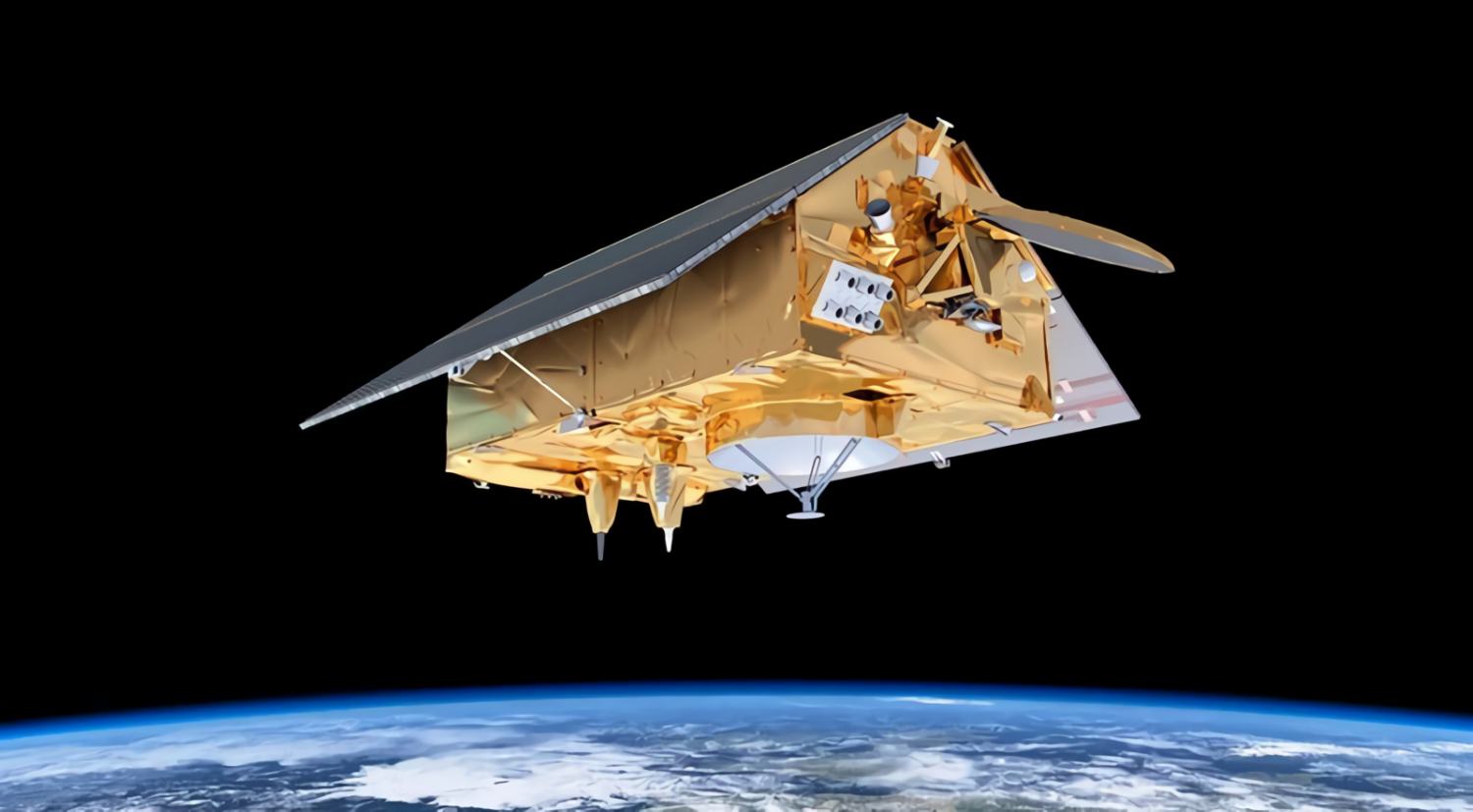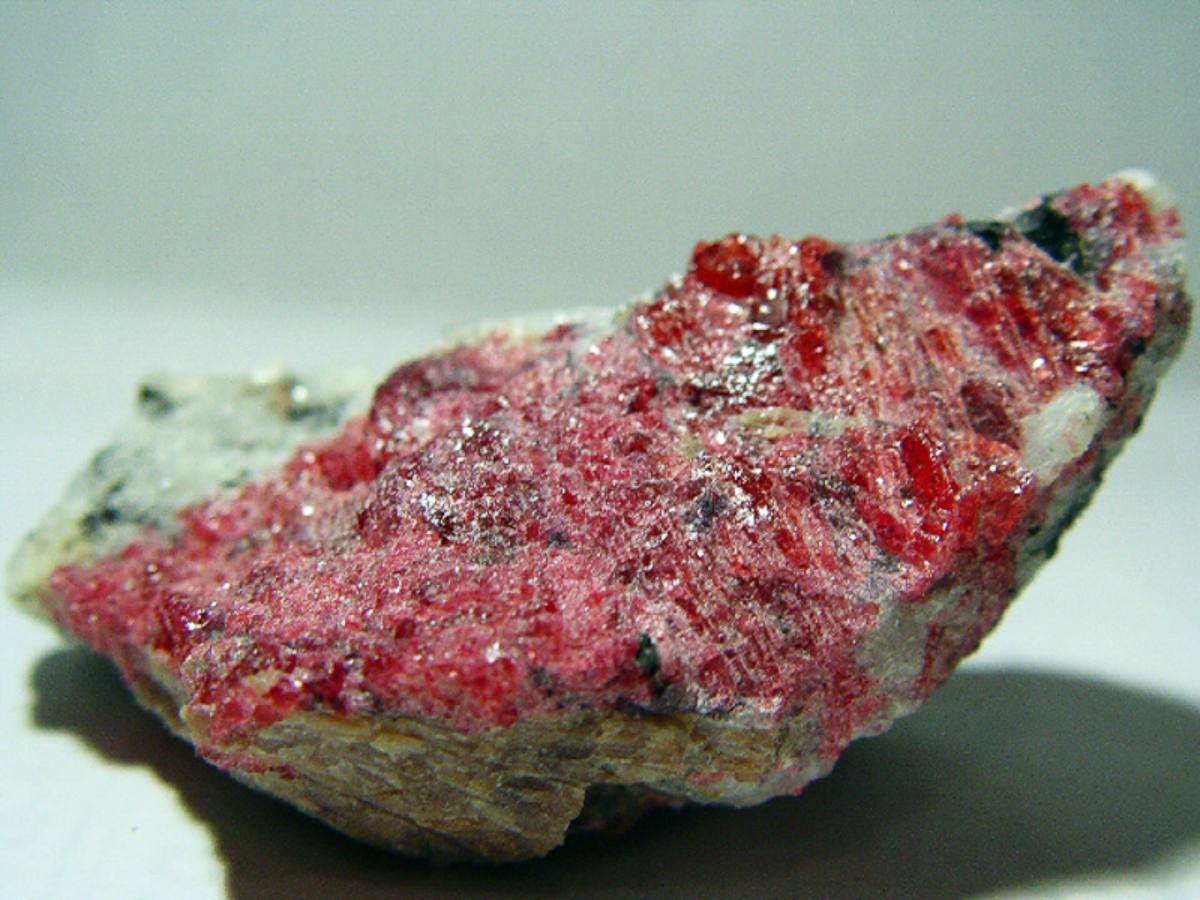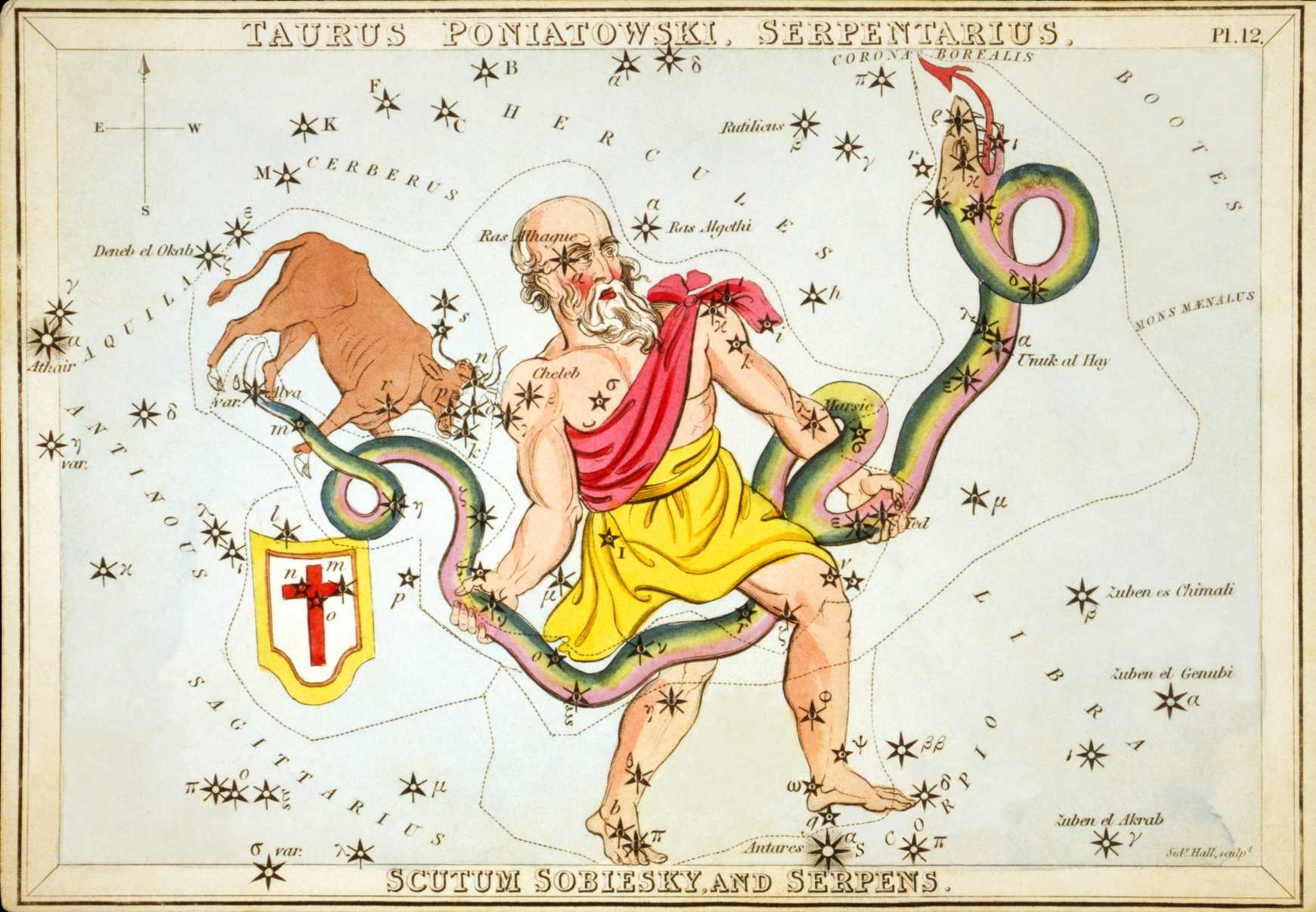DNA building blocks, amino acids, and maybe even proteins used in the creation of life on Earth might have originated in space. However, how can such intricate biomolecules form in the harsh environment of space? Where exactly are the molecular reactors of the cosmos? Scientists are following the clues that each time lead them to the icy dust grains in distant molecular clouds.
Several organic molecules, including some complex ones, have been discovered in such interstellar clouds. Researchers have found promising findings in the laboratory studying the polymerization events leading to longer-chain compounds like peptides, which can only occur when energy is provided.
Where did the building blocks of life come from?
Whence did the elements necessary for the first forms of life on Earth originate? Submarine vents, hydrothermal pools, and even fluid-filled crevices in rocks have long been suspected as the birthplace of more complex organic compounds like DNA building blocks, peptides, and amino acids.
However, another option is becoming more likely in the meanwhile. This one suggests that both extraterrestrial and terrestrial factors could have contributed to the beginning of life on Earth. Organic molecules produced in space and sent to Earth may have provided the building blocks that eventually developed on Earth, leading to the creation of the first protocells, in contrast to the panspermia theory, which suggests that life itself was brought to Earth from the cosmos in the form of basic cells.
A plethora of interplanetary transport options existed: The nascent Earth was bombarded by comets and other debris from the cold outer regions of the solar system during the early stages of planet formation. Analyses of Antarctic snow samples in 2021 revealed that nearly half of the 15,000 tons of interplanetary dust that rains into Earth’s atmosphere each year penetrates the Earth’s surface.
First the DNA building blocks
What about the formation of organic molecules in space? If we can answer this question, we can better understand how life first formed on Earth. Because it establishes whether or not comets, meteorites, or space dust may have delivered the building blocks of life to Earth, and, if so, which ones.
Answers to these problems have recently been provided for the first time thanks to investigations of meteorites, laboratory experiments, and space missions. The chemical building blocks of DNA, called nucleobases, were first discovered in 2011 by NASA scientists studying meteorite samples. There were three kinds of DNA bases that are either completely absent or found only in very minute quantities on our planet. Finding nucleobases that don’t fit Earth’s biochemical profile is compelling evidence for an alien origin. After that, in 2022, scientists discovered that meteorites included two of the five DNA bases present in RNA and DNA.
Under space conditions, comet nuclei created in the lab indicated that sugar molecules, the hereditary molecule’s backbone, could develop in the ice of these fragments. Experiments conducted using a research rocket in 2014 demonstrated the viability of DNA after an unprotected trip to space.
Second the amino acids
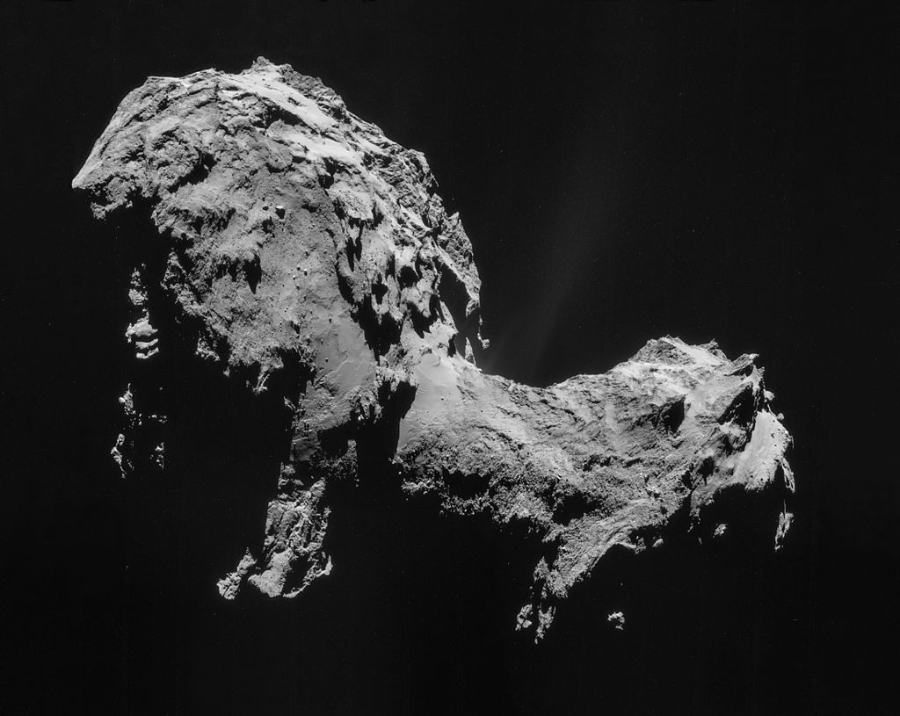
Space missions like Rosetta, which investigated comets up close and analyzed comet dust, provided even more indirect evidence. The amino acid glycine, a fundamental component of proteins, was found by the probe in the Churyumov-Gerasimenko comet’s gas and dust envelope. Comets have also been shown to contain alcohols and other organic compounds.
However, how complicated may these molecular components of life become in the vastness of space? Where exactly do they begin to cluster?
Interstellar clouds as factories of life
Molecular clouds are the birthplaces of stars and planets; therefore, it stands to reason that organic molecules would be present in these environments. Stars are produced at the center of these interstellar clouds when their thick, cold gas collapses under the force of gravity. These then offer the raw materials for the formation of new planets in the disk of gas and dust that orbits them.
Amazingly, sophisticated organic compounds have been found in space, including in protoplanetary disks, comets, and early meteorites. These molecules may be created in a number of different ways on the bodies whose pieces eventually make their way to Earth as meteorites, including through gas-phase interactions, on the frozen dust particle surfaces, and in the aqueous areas.
Recent years have shown that there is mounting evidence that interstellar cloud dust may be an especially prolific “factory” for more complex organic compounds. Dust grains are generated in the interstellar medium, while some are created in the outer layers of cold stars and in supernova explosions. It has been estimated that around half of the molecular clouds in the interstellar medium are really dust.
Typically smaller than a millionth of a meter in size, interstellar dust is made up of carbon or silicon atoms packed together in clusters. However, the ice layers that grow around these dust grains are the key to understanding cosmic chemistry. They have a low surface tension, allowing molecules like water and carbon monoxide to “stick” to their surfaces and come into close enough contact to react. As a result, the ice caps serve as a kind of astronomical chemical lab.
Membrane building block in cold clouds
Such interstellar dust clouds have already yielded the detection of a wide range of complex organic compounds. Polycyclic aromatic hydrocarbons (PAHs) were first detected in the Taurus molecular cloud, 450 light-years distant, in 2021. PAHs are ring-shaped organic molecules connected by double bonds. A short time later, in yet another molecular cloud, scientists uncovered a chemical molecule that proved to be a crucial component of the earliest life, the cell membrane, which contains proteins and genetic material.
The group identified the spectral signature of ethanolamine, the hydrophilic head of the simplest and second most prevalent phospholipid in biological membranes, in the interstellar cloud. This finding is complementary to the observation of ribonucleotides and amino acids in the void between stars. Therefore, it’s possible that interstellar chemistry could have synthesized the building blocks of all three subsystems of life.
How did long-chain biomolecules form in interstellar space?
Complex, longer-chain building blocks of life like DNA, proteins, and cell membranes emerge from simple organic precursor molecules, but they require more than just raw materials to do so; they also require energy. This is due to the fact that endothermic chemical reactions are not spontaneously occurring when chain-like biomolecules are formed.
However, heat and, most importantly, the high-energy UV light that is thought of as the “ignition spark” for such processes, are in scarce supply in the chilly interstellar molecular clouds or on the ice-covered dust grains at the outer rim of protoplanetary disks. Some of the simplest organic compounds have reaction pathways previously discovered by scientists that do not involve the use of such energy sources. Polymerization of biomolecules is an exception to this rule.
As an example, consider the polymerization of amino acids. In order for this to occur, the water molecules must first be detached from the amino acids. A high energy barrier means that this process can only happen at very high temperatures or with very vigorous processing of the material, according to Serge Krasnokutski of the University of Jena and the Max Planck Institute for Astronomy. Therefore, the likelihood of each of the steps necessary for this to occur is minimal.
For living things, this is a simple issue to remedy: The cellular organelles known as ribosomes are responsible for this process inside our bodies, with energy coming from our metabolism. But how could such a reaction take place on the ultracold dust of interstellar clouds? This seems improbable at first look.
Aminoketene instead of amino acids
Krasnokutski and coworkers came up with a creative solution by taking a step backward in their thinking and chemistry: what if polymerization does not take place with amino acids at all, but with aminoketene, a molecular variation already liberated from the interfering water? If ammonia, carbon monoxide, and isolated carbon atoms are available as starting materials, then the aminoketene may be produced spontaneously even under ice-cold circumstances and without external energy input, according to quantum chemical calculations.
There are a lot of each of these three chemicals in the space between stars: The frozen layers of interstellar dust grains include 10 percent ammonia and 40 percent carbon monoxide. Half of all carbon in the interstellar medium is found in the form of atomic carbon, and it is these atoms that play a pivotal role in the processes.
Even at very low temperatures, individual carbon atoms exhibit astonishing reactivity. They may bind molecules together and turn inorganic materials into organic ones, functioning as a kind of “molecular glue.”
How peptides are formed on space dust
Shorter chains of amino acids are also referred to as peptides because amino acids in proteins are joined together in lengthy chains through peptide bonds. After discovering theoretically that such peptides may also be generated by the polymerization of aminoketes rather than amino acids, Serge Krasnokutski and his colleagues subsequently wondered whether this reaction also takes place under the circumstances of interstellar dust clouds.
The scientists replicated the settings in the lab to find out. The INter-Stellar Ice Dust Experiment (INSIDE), created at the University of Jena over a number of years, was utilized to recreate the crucial features of a grain’s surface covered with ice dust in space. The arrangement relies on an ultra-high vacuum chamber to mimic the interstellar medium’s low-density condition, as seen in molecular clouds.
The scientists utilized a potassium bromide surface chilled to within a few degrees of absolute zero to stand in for the cosmic dust. Carbon monoxide, C atoms, and ammonia were then added, creating a thin layer no more than a few hundred atoms thick. Mass spectrometry and Fourier transform infrared spectroscopy (FTIR) analysis confirmed the presence of aminoketene.
From aminoketene to peptide
After that, Krasnokutski and his colleagues progressively heated their dust analog and watched for chemical changes. The material formed on the synthetic cosmic dust grain underwent a transition at temperatures of -163 degrees. Peptides had been produced in the laboratory, as shown by the presence of fingerprints characteristic of peptide bonds when infrared spectroscopy was performed.
The research demonstrated that the peptide polyglycine was synthesized from simple components under these circumstances. They identified these strands as glycine chains of varying lengths. The largest specimens had eleven units of the amino acid.
Building blocks of life even in space
Therefore, it seems that peptide production may also occur under space circumstances, and that very little is needed other than ammonia, carbon monoxide, and carbon. Carbon’s constituent atoms catalyze a chemical landscape that is both expansive and varied. That chemistry is significantly closer to what is required for life to emerge than was previously assumed, even under the circumstances that exist in space.
The findings suggest that essential building blocks of life might have been produced even on dust grains in interstellar space. When these dust particles are heated, the aminoketene within them converts into peptides. If a dust particle is heated, it might be because a new star is forming nearby, or because it was transported by interstellar medium currents to a planetary system.
Bibliography
- A pathway to peptides in space through the condensation of atomic carbon | Nature Astronomy, doi: 10.1038/s41550-021-01577-9
- The micrometeorite flux at Dome C (Antarctica), monitoring the accretion of extraterrestrial dust on Earth – ScienceDirect
- Identifying the wide diversity of extraterrestrial purine and pyrimidine nucleobases in carbonaceous meteorites | Nature Communications
- Prebiotic chemicals—amino acid and phosphorus—in the coma of comet 67P/Churyumov-Gerasimenko | Science Advances


